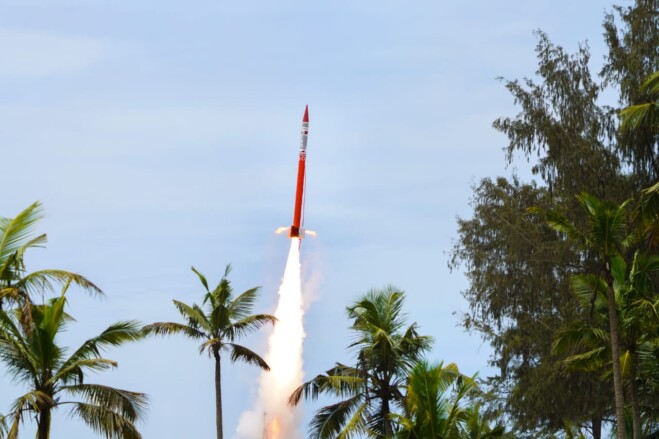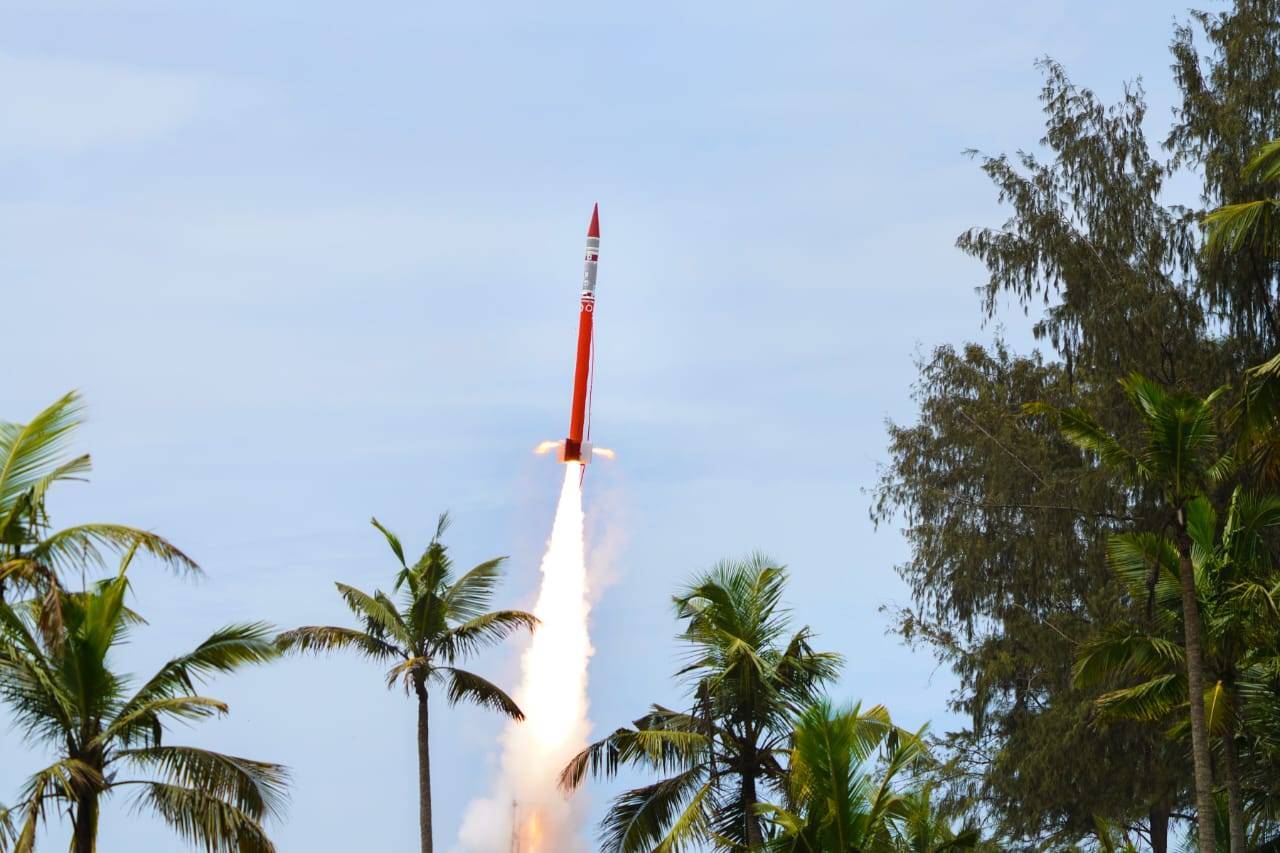

An IAD, designed and developed by VSSC, has been successfully test flown in a Rohini sounding rocket from TERLS, Thumba on Sept. 3, 2022. The IAD was initially folded and kept inside the payload bay of the rocket. At approximately 84 kilometers altitude, the IAD was inflated and it descended through the atmosphere with the payload part of the sounding rocket. The pneumatic system for inflation was developed by LPSC. The IAD has systematically reduced the velocity of the payload through aerodynamic drag and followed the predicted trajectory. This is first time that an IAD is designed specifically for spent stage recovery. All the objectives of the mission were successfully demonstrated
The IAD has huge potential in a variety of space applications such as recovery of spent stages of rocket, for landing payloads on to Mars or Venus and in making space habitat for human space flight missions.